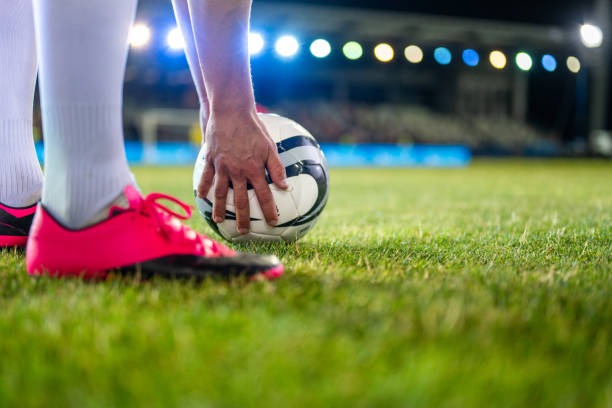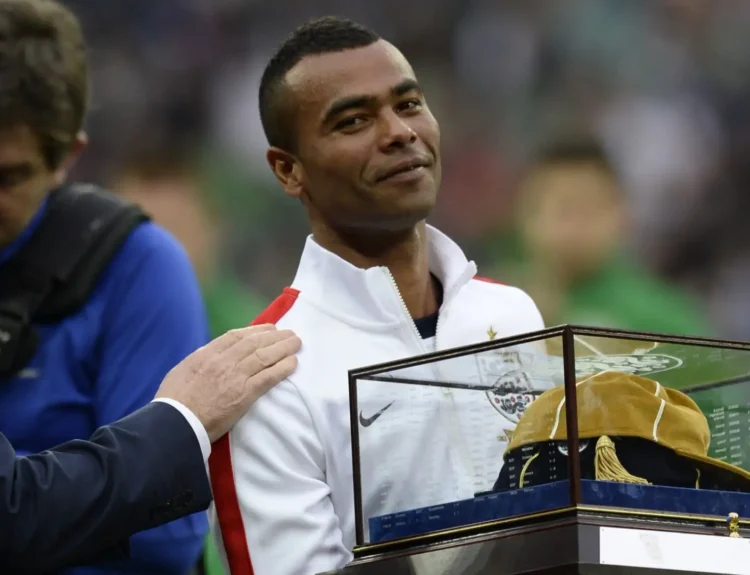Table of Contents
Introduction: Why Is Balance Important in Football
In the fast-paced and physically demanding world of football, balance is a fundamental yet often overlooked athletic attribute. Whether dribbling past an opponent, executing a shot under pressure, or absorbing a tackle, balance plays a critical role in a player’s ability to perform effectively and consistently.
This article explores why balance is important in football, emphasizing its biomechanical foundation, technical relevance, performance implications, and role in injury prevention.
The Essential Role of Balance in Football
Defining Balance in a Football Context
Balance in football refers to an athlete’s capacity to maintain control of their body’s position, both statically and dynamically, during complex and high-speed movements. It involves the integration of sensory input, musculoskeletal coordination, and central nervous system responses.
Dynamic vs. Static Balance on the Pitch
- Static balance is essential when a player is stationary, such as during set pieces or positional play.
- Dynamic balance becomes vital during sprints, changes in direction, aerial challenges, or while maneuvering through opponents.
Elite players consistently demonstrate high levels of both, allowing them to transition fluidly across phases of play while maintaining control and poise.
Biomechanics of Balance: The Scientific Foundation
Neuromuscular Coordination and Postural Control
From a biomechanical perspective, balance is the result of efficient coordination between the vestibular system, proprioceptive feedback, visual input, and muscular responses. These systems collaborate to manage the body’s center of mass over its base of support—a core principle in maintaining stability during football activities.
Efficiency in Movement Execution
Players with enhanced balance expend less energy on stabilizing their bodies, enabling them to focus on precise movements. This results in:
- Reduced muscular compensation and fatigue
- Increased agility and responsiveness
- Improved movement economy
Technical Proficiency: Balance as a Catalyst for Skill Development
Impact on Core Technical Skills
Balance is intricately linked to the successful execution of fundamental football techniques:
- Dribbling: Effective ball control under pressure demands balance for quick directional changes.
- Shooting: Power and accuracy rely on stability during the shooting motion.
- Passing: Accurate distribution of the ball depends on postural alignment and weight transfer.
- Defending and tackling: Balanced players can engage opponents without overcommitting or losing positional structure.
Consistency Under Pressure
High-level football requires technical execution in unpredictable conditions. Players with superior balance maintain technique under fatigue, contact, and time constraints—key differentiators at the elite level.
Optimizing Athletic Performance Through Balance Training
Modern Training Methodologies
Professional training programs increasingly incorporate balance-specific exercises that target proprioception, core strength, and neuromuscular control. Common methods include:
- Single-leg exercises and plyometrics
- Use of unstable surfaces (e.g., balance boards, Bosu balls)
- Core stabilization drills
Performance Outcomes Supported by Research
Studies in The Journal of Strength and Conditioning Research indicate that athletes who integrate balance training into their routines experience:
- Faster sprint and agility performance
- More explosive movements
- Better control during transitions and collisions
Injury Prevention and Long-Term Development
Reducing Risk Through Enhanced Stability
Injury prevention is a critical concern in football at all levels. Improved balance significantly reduces the likelihood of:
- Ankle sprains
- Knee ligament injuries (e.g., ACL tears)
- Groin and hamstring strains
Scientific Evidence and Practical Applications
Research by FIFA’s Medical Assessment and Research Centre found that incorporating balance and neuromuscular exercises into warm-up routines reduced injury incidence by as much as 30%, particularly among youth and female athletes.
Foundations for Long-Term Athletic Success
Developing balance from a young age supports long-term athletic development by:
- Enhancing motor skill acquisition
- Promoting safer movement mechanics
- Establishing physical literacy critical for future performance
Conclusion: Elevating Football Excellence Through Balance Mastery
Understanding why balance is important in football reveals its indispensable value across every phase of the game. From biomechanical efficiency and technical execution to performance enhancement and injury mitigation, balance is a non-negotiable attribute for any serious footballer.
Players, coaches, and sports scientists alike must prioritize balance training and assessment as part of a comprehensive development strategy. By doing so, athletes are better equipped to perform consistently, adapt dynamically, and sustain long-term success in the world’s most demanding sport.








